News
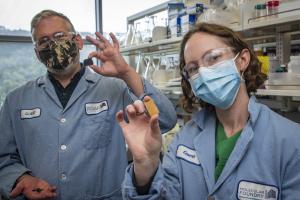
June 14, 2021
A multidisciplinary Berkeley Lab team has been working for several years to develop a game-changing plastic that, unlike traditional plastics, can be recycled indefinitely and is not made from petroleum. Their latest milestone was the release of an analysis showing the feasibility and potential outcomes of launching the unique material, called poly(diketoenamine) or PDK, into the market at an...
Read more

June 7, 2021
This month 11 scientists and engineers (pictured) will join the prestigious two-year fellowship program at Cyclotron Road based at the Department of Energy’s Lawrence Berkeley National Laboratory (Berkeley Lab) and UC Berkeley. Selected from a record pool of 300 applicants, the 11 individuals will make up Cohort 2021 of Cyclotron Road. As part of their two-year fellowship they will work to bring...
Read more

April 16, 2021
A Q&A with Berkeley Lab researcher Hanna Breunig on technoeconomic analysis, and how she uses it to make negative emissions technologies more competitive For new energy technologies, the time elapsed from when a breakthrough is made in a laboratory setting until when it is validated, scaled up, piloted, and then widely commercialized can be years or even decades. But in the race to avoid the...
Read more
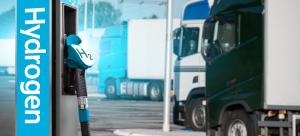
April 16, 2021
Interest in hydrogen fuel cells as a sustainable source of clean energy is on the rise globally, and hydrogen fuel cells are widely seen as a viable, zero-emission option to power trucks, trains, ferries, and passenger vehicles. The heavy-duty vehicle (HDV) market could prove to be ideal for fuel cell development and deployment. Hydrogen fuel cells are well-suited for this market because of their...
Read more

April 5, 2021
Leaders profiled in Department of Energy feature The future of energy depends on our ability to store it reliably, cheaply, and safely — whether to power electric vehicles, our buildings and factories, or to contribute to the clean grid of the future. Researchers at Lawrence Berkeley National Laboratory (Berkeley Lab) -- including three lead scientists recently profiled by the Department of...
Read more
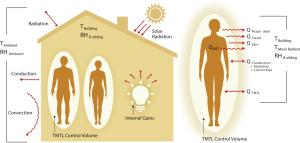
January 26, 2021
Heating and cooling buildings is a large part of global energy demand and a significant source of CO2 and greenhouse gas emissions, and in the coming decades the energy demand for heating and cooling - also known as thermal energy - is expected to grow considerably. Scientists and engineers have made many advances in lowering building energy demand by improving energy efficiency in building...
Read more
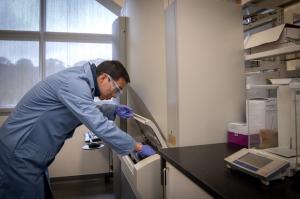
January 14, 2021
One of the aspects of lithium-ion batteries least understood by scientists has now been elucidated by a new research approach, opening the door to major improvements in battery performance, according to a new study by Berkeley Lab scientists. Their study, recently published in the journal Joule, used a technique developed by Berkeley Lab battery scientists in the Energy Technologies Area to...
Read more

January 7, 2021
Researchers from the Massachusetts Institute of Technology (MIT), Stanford University and Lawrence Berkeley National Laboratory (Berkeley Lab) — including Ravi Prasher — collaborated to write an article on energy, which was recently awarded the best peer-reviewed article for general readers by the American Energy Society. Prasher, associate laboratory director of the Energy Technologies Area...
Read more

January 7, 2021
The Department of Energy’s Lawrence Berkeley National Laboratory (Berkeley Lab) has named Rachel Slaybaugh, associate professor of nuclear engineering at UC Berkeley, to lead Berkeley Lab’s Cyclotron Road Division. The announcement follows an international search. Until recently, Slaybaugh served as a program director at DOE’s Advanced Research Projects Agency-Energy (ARPA-E), whose mission...
Read more
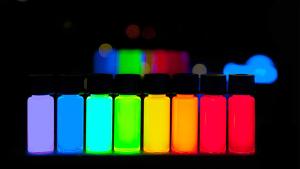
December 21, 2020
Understanding how matter interacts with light – its optical properties – is critical in a myriad of energy and biomedical technologies, such as targeted drug delivery, quantum dots, fuel combustion, and cracking of biomass. But calculating these properties is computationally intensive, and the inverse problem – designing a structure with desired optical properties – is even harder. Now...
Read more
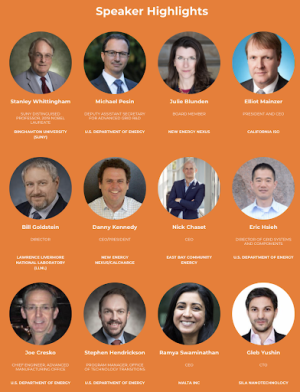
December 8, 2020
The Bay Area Battery Summit (BABS) just concluded its sixth annual conference, which was held virtually on November 17-18. This year, the two-day conference went beyond batteries and focused on catalyzing collaboration to drive innovation among key players in energy storage. The summit brought together leading researchers and policymakers, pioneering companies and startups, as well as innovative...
Read more
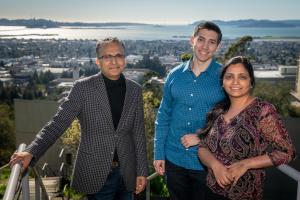
December 8, 2020
The Energy Storage & Distributed Resources Division (ESDR) announced the formation of the Thermal Energy Group earlier this month. ESDR now encompasses six groups spanning a diverse set of research areas ranging from energy conversion to grid integration, all of which are part of the Energy Technologies Area (ETA) at Lawrence Berkeley National Laboratory (Berkeley Lab). The group will be led...
Read more

October 15, 2020
The Department of Energy’s Lawrence Berkeley National Laboratory (Berkeley Lab) has appointed Noël Bakhtian, previously a senior policy adviser in the White House Office of Science and Technology (OSTP) and currently director of the Center for Advanced Energy Studies (CAES) at Idaho National Laboratory, as its inaugural director of the Berkeley Lab Energy Storage Center. Building on decades of...
Read more
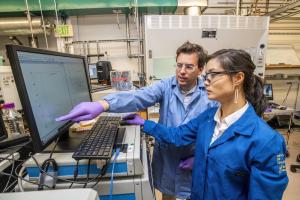
October 12, 2020
Hydrogen fuel cells are on the rise: Germany has rolled out hydrogen-powered trains, the San Francisco Bay Area will soon see the nation’s first hydrogen fuel cell ferry, and sales of fuel-cell vehicles are up globally. It’s a technology with the potential to provide a variety of clean energy options, especially in transportation.Now the Department of Energy has announced several major...
Read more

October 2, 2020
The Energy Technologies Area (ETA) won three R&D 100 awards in the areas of higher energy efficiency in buildings, making lithium batteries safer and development of an innovative tool; all together the Department of Energy's Lawrence Berkeley National Laboratory (Berkeley Lab) took home seven awards. For more than 50 years, the annual R&D 100 Awards have recognized 100 technologies of the...
Read more
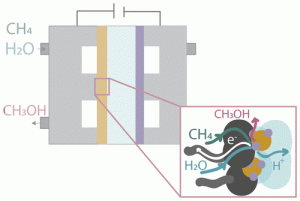
September 30, 2020
Methane is most commonly known as a ubiquitous cleaner energy source, while also being a potent greenhouse gas. It is produced from both natural sources, such as wetlands and large bodies of water, and anthropogenic sources, such as natural-gas reservoirs and livestock. At the same time, methane is a source of many important feedstock chemicals, including blue hydrogen and methanol, which is used...
Read more
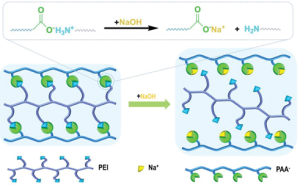
September 3, 2020
Prominent battery research has made great strides in advancing next-generation rechargeable batteries, which might use lithium-sulfur (Li-S) batteries, rather than the traditional Li-ion batteries commonly found in electric cars and mobile phones.Researchers at Lawrence Berkeley National Laboratory (Berkeley Lab) have discovered a new type of polymer that can be used as a binder in a Li-S battery...
Read more
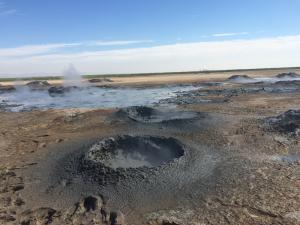
August 6, 2020
Deep beneath the surface of the Salton Sea, a shallow lake in California’s Imperial County, sits an immense reserve of critical metals that, if unlocked, could power the state’s green economy for years to come. These naturally occurring metals are dissolved in geothermal brine, a byproduct of geothermal energy production. Now the race is on to develop technology to efficiently extract one of...
Read more

August 5, 2020
Kristin Persson, a senior faculty scientist in the Energy Storage & Distributed Resources Division within the Energy Technologies Area at Lawrence Berkeley National Laboratory (Berkeley Lab) and director of the Materials Project, has been named director of the Molecular Foundry. Her new appointment is effective August 15, 2020. She will continue to hold an appointment as a professor of...
Read more
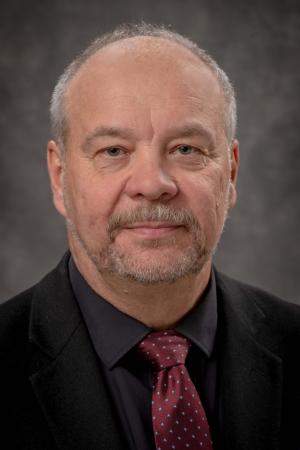
July 1, 2020
Robert Kostecki, a senior scientist at Lawrence Berkeley National Lab (Berkeley Lab), has been elected a vice president of the International Society of Electrochemistry, an organization that advances electrochemical science and technology. In his role on the executive committee, which extends from 2020 to 2022, Kostecki will focus on the society's regional sections.Kostecki is division director of...
Read more
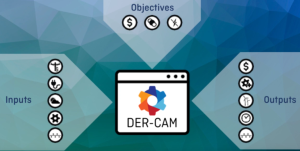
June 15, 2020
The U.S. Department of Energy (DOE)’s Technology Commercialization Fund has awarded $1 million to four projects from Lawrence Berkeley National Lab (Berkeley Lab) to further collaborative research with industry partners on biofuels, bioproducts, energy microgrid technology, and renewable energy technology.Two of those projects are from Berkeley Lab’s Energy Technologies Area: Expand Access to...
Read more

June 9, 2020
Marca Doeff, a senior scientist at Lawrence Berkeley National Lab (Berkeley Lab), recently won the election to become secretary of The Electrochemical Society (ECS), a member-led organization dedicated to advancing electrochemical and solid state science.Doeff has worked on materials for electrochromics, lithium and sodium polymer batteries, lithium ion batteries, solid-state lithium batteries and...
Read more
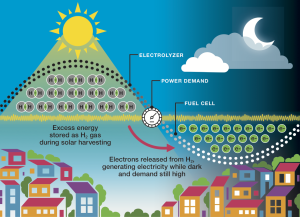
May 18, 2020
A new type of device that has the potential to efficiently store vast amounts of energy has recently been effectively reconfigured and improved by researchers at Lawrence Berkeley National Laboratory (Berkeley Lab). This breakthrough could be a stepping-stone to helping our evolving power grid become more resilient.Renewable energy sources such as solar and wind are becoming increasingly...
Read more

May 8, 2020
Materials Project Director Kristin Persson (Credit: Roy Kaltschmidt/Berkeley Lab)Kristin Persson is at the helm of a materials revolution.Since 2011, she has led the Materials Project, an open-access online database that virtually delivers the largest collection of materials properties to scientists from every corner of the globe who are searching for the next big thing in batteries, solar cells,...
Read more
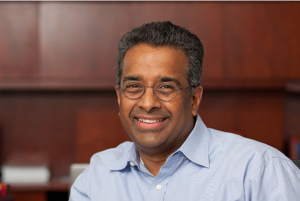
April 29, 2020
Ramamoorthy Ramesh, senior faculty scientist in the Materials Sciences Division of the U.S. Department of Energy’s Lawrence Berkeley National Laboratory (Berkeley Lab) and professor of physics and materials science & engineering at UC Berkeley, has been elected as a foreign member of the Royal Society for his “discoveries in complex oxides, from novel fundamental physics, through new...
Read more